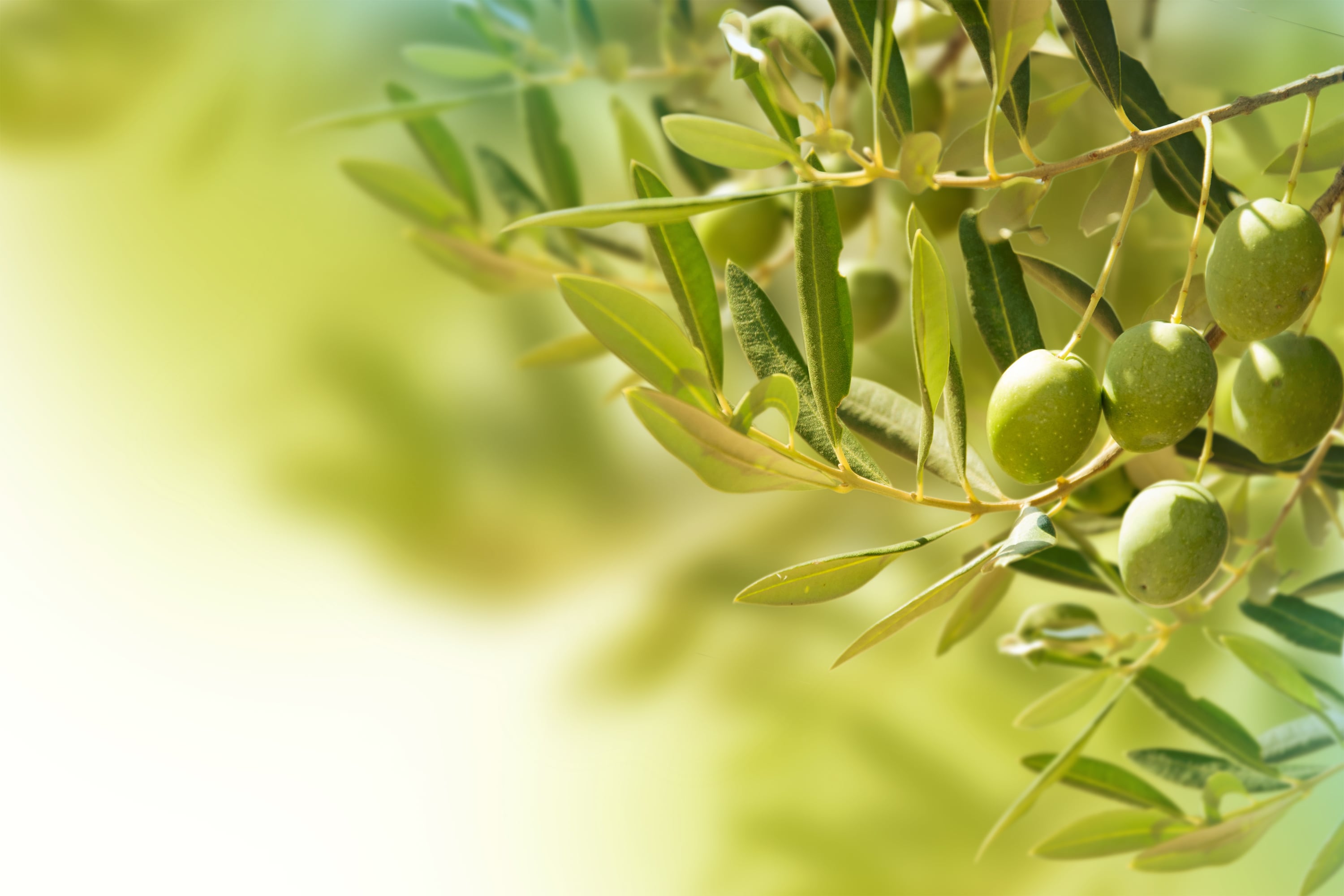Polyphenol-rich olive leaf “may subtly influence insulin kinetics,” researchers from the University of the Aegean and other institutions in Greece and London reported in Applied Sciences.
Previous research has suggested that olive leaf may have beneficial effects on glucose metabolism, insulin sensitivity and oxidative stress, mainly attributed to its bioactive compounds. However, the evidence is inconsistent, with varying study methodologies contributing mixed results.
The researchers aimed to evaluate the impact of olive leaf in two different formats—tea and an additive to biscuits—on metabolic biomarkers. The results expand the evidence for the supplement’s potential to support postprandial dysmetabolism, which is a significant risk factor for cardiovascular disease.
Postprandial dysmetabolism
Postprandial dysmetabolism refers to the impaired regulation of glucose and lipid levels after meals.
The body must digest and absorb energy-containing foods and transport carbohydrates, lipids and proteins to the liver, adipose tissue or skeletal muscle for use or storage. However, insulin resistance, dysfunction in pancreatic β-cells and reduced systemic lipoprotein lipase activity can contribute to the development of hyperglycemia and hyperlipidemia.
Postprandial dysmetabolism is common in people with type 2 diabetes and metabolic syndrome and is a risk factor for cardiovascular disease.
Polyphenols, such as those found in olive leaves, may help alleviate some of the metabolic dysfunctions associated with postprandial dysmetabolism. The principal bioactive compounds in olive leaves, oleuropein and hydroxytyrosol, have demonstrated anti-inflammatory, antioxidant and antihypertensive properties.
“These polyphenols have also been shown to inhibit LDL oxidation, suppress pro-inflammatory cytokine production and enhance insulin sensitivity—mechanisms that are particularly relevant in the context of postprandial dysmetabolism,” the current study noted.
Study details
The crossover study randomly assigned 36 healthy adults to consume either a biscuit made from olive leaf powder, olive leaf tea or a placebo meal with a one-week washout period between each treatment phase. Participants consumed the treatment with a standardized high-carbohydrate, high-fat meal. The researchers measured postprandial responses at baseline and one, two, and four hours after the meal. A total of 25 participants completed all study procedures.
“Our results showed no statistically significant differences in most biomarkers tested, including insulin, glucose, cholesterol (HDL, LDL, total), triglycerides and CRP, across the intervention groups compared to the control”, the reserachers wrote, noting that this aligns with previous evidence suggesting limited or inconsistent effects of olive leaf on metabolic biomarkers.
The researchers, however, noted a delayed insulin response following olive leaf intake with the highest insulin levels at two hours postprandially, compared to one hour in the control group. They suggested this “may reflect more gradual insulin release beneficial for glycemic control.”
The study acknowledged that its relatively small sample size might limit statistical power and called for larger future studies that involve individuals with metabolic risk factors to provide more insight into the therapeutic potential of olive leaf.
Source: Appl. Sci. 2025, 15(14), 7857. doi: 10.3390/app15147857. “Acute Effects of Olive Leaf Tea and Olive Leaf Powder Biscuits on Postprandial Glycemia, Lipid Profile and Inflammatory Markers: A Randomized Controlled Crossover Trial in Healthy Volunteers”. Authors: P. Potsaki et al.



